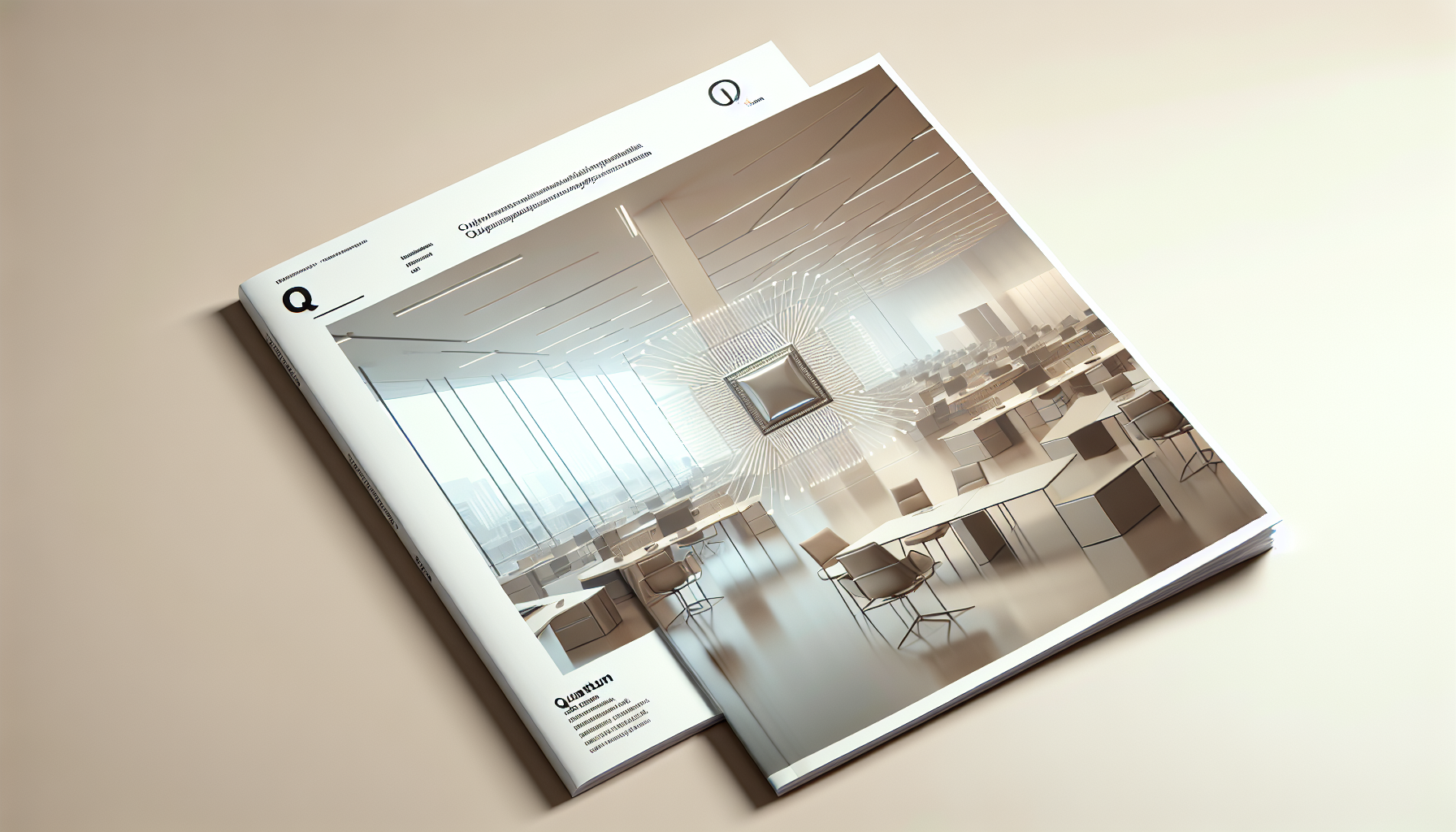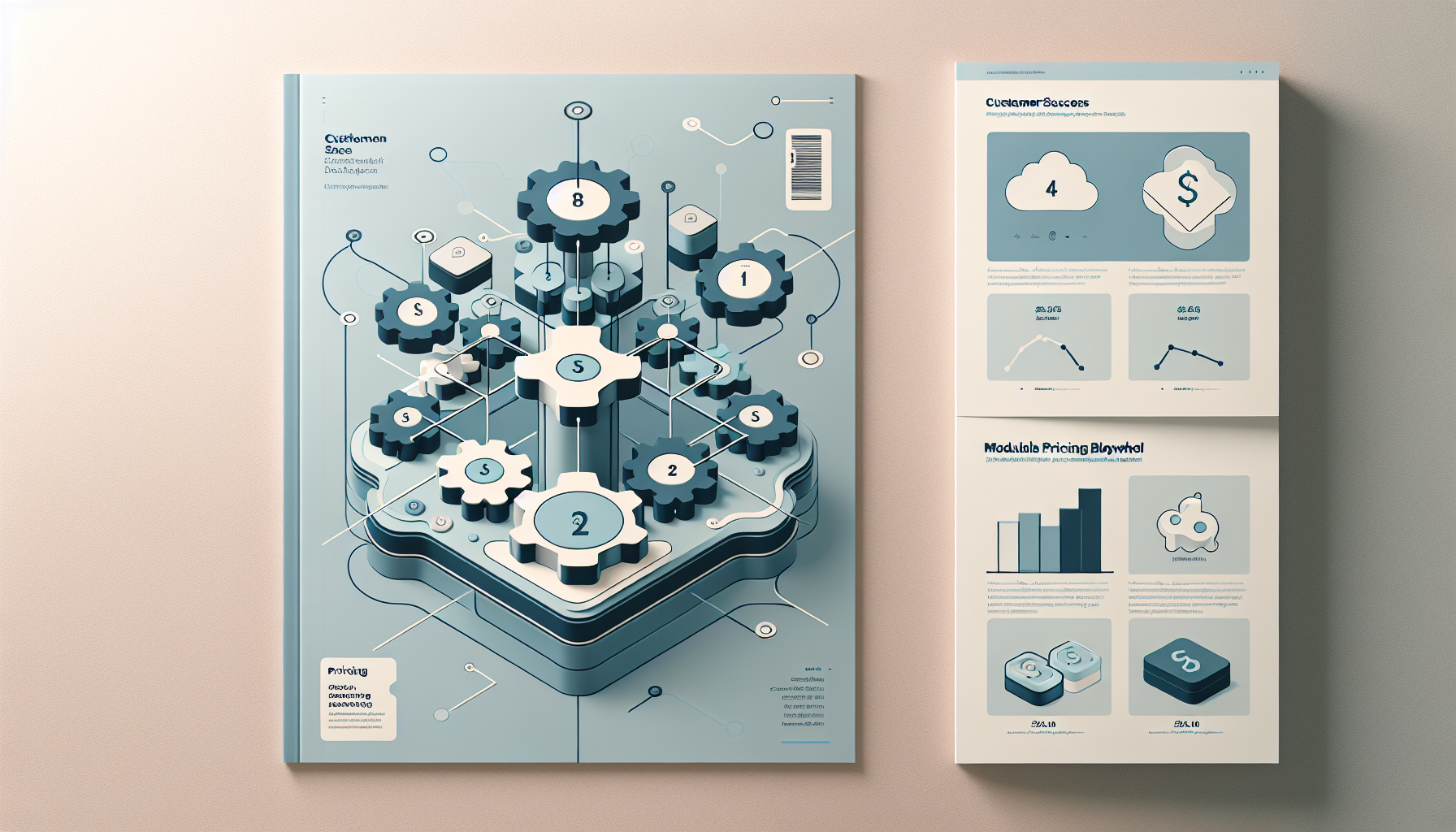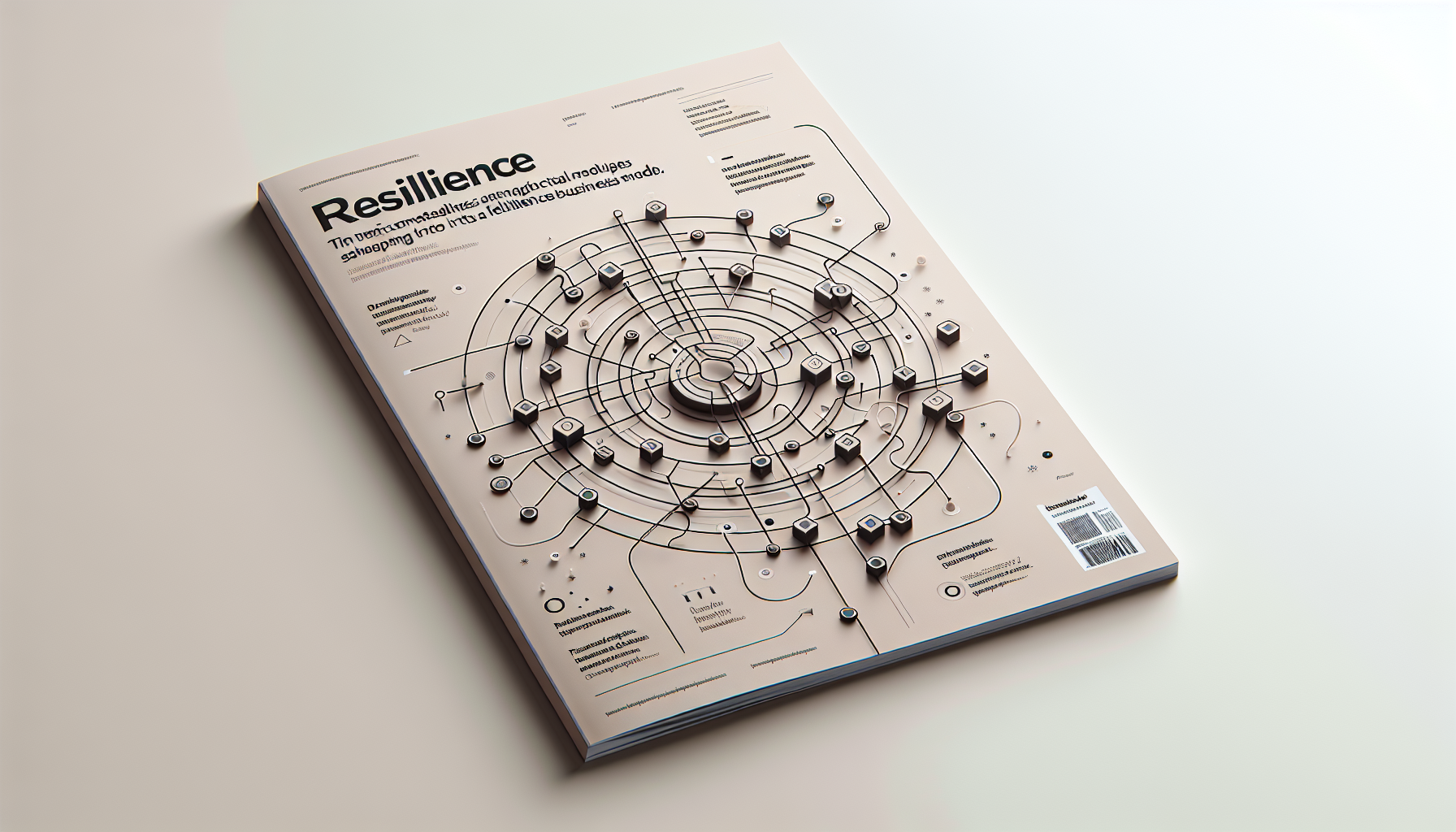Sustainable SaaS Models for Long‑Lived IoT and Edge AI: A Practical Blueprint for Founders
Blueprints and business models to monetise long‑lived IoT and edge AI systems while preserving value, lowering lifecycle costs and meeting sustainability obligations.

Define the Evergreen Challenge
Founders and technology leaders building products that combine hardware, firmware and cloud must design business models that survive long device lifecycles, unpredictable field conditions and tightening sustainability regulation. Devices today can operate for five to fifteen years in agriculture, energy, transport and industrial settings. Revenue models that assume rapid replacement, high upgrade churn or one‑off hardware sales will fail to capture lifetime value, and they will create environmental risk and regulatory exposure.
This briefing identifies a repeatable, future‑proof set of commercial and operational strategies to build profitable, sustainable SaaS around long‑lived IoT and edge AI systems. The focus is practical: monetisation that adapts to market shifts, operational playbooks that reduce total cost of ownership, product design choices that enable circularity, and governance that minimises legal and reputational risk.
Why this matters long term
Energy and sustainability targets mean organisations will expect measurable reductions in embodied emissions and operational energy use from their suppliers for years to come. Governments have committed to multi‑decade plans to decarbonise infrastructure; products that cannot demonstrate lifecycle responsibility will be excluded from many procurement decisions. For a current policy reference on the UK trajectory for decarbonisation, see the UK Net Zero Strategy.
Did You Know?
The marginal cost of servicing a remote device for 10 years is dominated by logistics and field labour, not hardware amortisation; operational design reduces lifetime costs faster than cheaper components.
Core principles for long‑lived IoT SaaS
- Align monetisation with lifetime value, not initial hardware sale.
- Design modular upgrade paths, including software and plug‑in hardware modules.
- Make energy use and maintenance transparent, measurable and billable when appropriate.
- Plan for circularity, repairability and end‑of‑life recovery from day one.
- Use contracts, telemetry and governance to maintain compatibility and compliance over years.
Two evergreen, implementable solutions
Below are two distinct, complementary strategies you can implement. Both are resilient to market shifts, support sustainable outcomes and are suitable for multiple verticals, including renewable energy, smart farming and industrial monitoring.
Solution A, Device-as-a-Service + Consumption Billing
Summary: Shift from an upfront hardware sale to a subscription plus consumption model. Charge an installation fee if needed, then a recurring base subscription for software, management and SLA plus a metered charge for useful outputs such as processed events, energy managed, or crop‑health alerts.
Why it is evergreen
Subscription income aligns incentives between vendor and customer, smoothing cash flow for the supplier and enabling predictable budgeting for the buyer. Consumption billing captures value generated by the device over time, preventing perverse incentives to replace functioning hardware prematurely.
Step‑by‑step implementation
- Segment customers by lifetime usage profile: create archetypes such as "light monitoring", "optimising" and "mission critical". Define expected device years, event rates and support intensity for each archetype.
- Define pricing tiers: base subscription (device management, firmware updates, API access), and consumption units tied to a measurable metric, for example processed images, kWh buffered, or agronomy recommendations delivered.
- Design a service catalogue mapping SLA levels to operational commitments: remote diagnostics, guaranteed update windows, field swap support, and recycling pickup.
- Instrument devices to report minimal, verifiable usage metrics with robust edge aggregation and tamper‑resistant counters. Use cryptographic signing or lightweight attestation to prevent fraud. Maintain a lightweight audit trail retained in the cloud for billing disputes.
- Create a lifecycle plan per customer: onboarding, firmware maintenance, midlife upgrades (software and modular hardware), trade‑in or recycling. Publish transparent T&Cs that allocate responsibility for consumable replacement and energy costs.
- Operationalise fulfilment: partner with local field service providers for swap‑and‑repair, and use regional logistics partners for reverse logistics to reduce transport emissions and cost.
- Model unit economics: forecast gross margin per device year under each tier, including support, replacement, logistics and energy reimbursement.
Monetisation variants and levers
- Offer capped or burstable consumption plans to suit customers with seasonal demand.
- Enable volume discounts for fleets; provide transferability of subscription across devices where customers scale up or replace hardware.
- Offer warranty extensions and energy management as upsells.
Solution B, Platform Cooperative + Hardware Leasing
Summary: Combine hardware leasing, revenue sharing and a marketplace for third‑party integrations. The vendor retains ownership of hardware, leasing it under long contracts that include maintenance, upgrades and decommissioning. Third parties can offer apps or services on the platform, sharing revenue with the hardware owner.
Why it is evergreen
Ownership aligned with stewardship encourages better lifecycle decisions, since the provider bears end‑of‑life costs and benefits from reuse and upgrades. The marketplace approach lets a broad developer base create additional value without inflating the provider's cost base.
Step‑by‑step implementation
- Create a leasing contract template that covers ownership, responsibilities, uptime guarantees, maintenance schedules and end‑of‑lease options including renewal, upgrade, buyout, or pickup for refurbishment.
- Build a developer portal and clear APIs for third‑party apps; include pricing rules, revenue split mechanisms and technical validation criteria for apps that run on device or cloud.
- Standardise modular hardware interfaces so upgrades can be performed in the field without replacing the entire device, for example replacing a compute module, sensor pack or comms module.
- Implement device telemetry that reports health, utilisation and environmental conditions; use those signals to trigger preventative maintenance and to feed marketplace billing logic.
- Establish refurbishment and remanufacturing processes; partner with certified recyclers and social enterprises for repair and parts recovery.
- Set up financial models showing net present cost per leased device, factoring in refurbishment yields, expected upgrade cadence and secondary market resale revenue.
Comparing the two solutions
Device‑as‑a‑Service suits buyers that want clear operating budgets and are willing to accept a variable bill tied to outcomes. Leasing with a marketplace is stronger where hardware ownership enables product lifecycle optimisation and where third‑party services materially increase device value. Both approaches reduce premature replacement and enable circular economy practices.
Pro Tip: Always model lifecycle scenarios, not just initial cost; a 10 percent improvement in mean time between failures or a 20 percent uplift in refurbishment resale can be the difference between loss and profitability.
Operational playbook: from pilots to scale
Phase 1, Pilot and unit economics validation
- Run a controlled pilot on representative sites with detailed telemetry enabled.
- Measure support tickets, replacement rate, on‑site labour hours and energy consumption under real‑world conditions.
- Compute baseline customer lifetime value, including projected recurring revenue, variable costs and refurbishment recovery.
Phase 2, Standardise and automate
- Harden remote management tooling: OTA updates, security key rotation, health check automation and incident detection playbooks.
- Create standard operating procedures for field teams and logistics partners.
- Automate billing reconciliation with usage mediation, and produce invoices and dispute workflows.
Phase 3, Scale and diversify revenue
- Open a developer marketplace or integrate third‑party services under strict quality gates.
- Offer financing options, bundling hardware and service into predictable payments.
- Invest in circular operations: refurbishment centres, predictive swapping and certified partners for recycling.
Technology and governance considerations
Long‑lived systems demand technical decisions that sustain interoperability and legal compliance across years. Use robust, versioned data contracts and a compatibility policy so older devices can continue to function with newer cloud services. If you need an in‑depth approach to schema and data contract longevity, see Future-Proof Data Contracts and Schema Evolution for Long-Lived AI and IoT Systems for an operational guide.
Security must be defined by a defence in depth approach, including device attestation, signed firmware, secure boot and remote revocation. Privacy and data minimisation are not optional: collect only the metrics you need to run billing and diagnostics, and offer pseudonymisation and local aggregation where possible.
Q&A: Which is better, metered billing or fixed subscription? Use metered billing for variable workload environments and mission‑critical optimisation. Fixed subscription simplifies procurement and is better for price sensitive, predictable use cases.
Financial modelling: an evergreen template
Below is a simplified model you can adapt. The numbers are illustrative. Create a spreadsheet and paramaterise these inputs to run scenario analysis.
- Device cost, C_hardware = 200 GBP
- Annual support and logistics per device, C_support = 30 GBP
- Average revenue per device per year, R_base = 60 GBP subscription + R_usage variable
- Refurbishment recovery after 5 years, R_refurb = 40 GBP per device
- Churn rate and attrition affect expected lifetime; use device survival curves rather than a flat churn assumption.
Net present value per device year is determined by discount rate, maintenance profile and refurbishment yield. Always run conservative, base and optimistic cases and sensitivity analyse unit costs such as field labour and transport, because those scale non‑linearly with geographic dispersion.
Regulatory, sustainability and procurement alignment
Create an environmental product declaration for your device family and publish expected energy usage per year under typical workloads. Buyers increasingly require lifecycle environmental metrics; being able to demonstrate embodied emissions and operational energy consumption is a competitive advantage. For public procurement in the UK and similar markets, suppliers are expected to provide lifecycle evidence for low carbon purchasing decisions. For policy context see the UK Net Zero Strategy linked earlier.
Operational metrics to track
- Device lifetime value (DLV): present value of all revenue and recoveries per device minus expected costs.
- Mean time between field visits (MTBFV): average time between physical interventions.
- Refurbishment yield: percent of returned devices that are redeployable.
- Field labour cost per incident and transport CO2 per incident.
- Usage accuracy and measurement dispute rate for metered billing.
Example financial illustration
Assume C_hardware 200, C_support 30, R_base 60, average R_usage 40, refurbishment 40 after 5 years, discount rate 8 percent. Simplified lifetime revenue over 5 years: (60+40) * 5 + 40 = 540. Lifetime cost: 200 + 30*5 = 350. Gross margin approx 190 before overheads and R&D. Key levers to improve margin: increase R_usage via value services, reduce C_support by improving remote diagnostics, increase refurbishment yield.
Case scenarios and risks
Common failure modes and mitigations:
- High field failure rate, mitigation: invest in better sensors and in‑lab accelerated ageing tests pre‑deployment.
- Billing disputes, mitigation: immutable usage logs, signed counters and a transparent mediation portal.
- Regulatory change increases decommissioning cost, mitigation: keep ownership for hardware or create reserve funds in leasing agreements.
Warning: Avoid selling hardware with vague end‑of‑life terms. Unclear responsibility for disposal creates regulatory and reputational liability years later.
Practical templates and contracts
Essential contract clauses to include in your standard agreements:
- Ownership, custody and risk allocation for hardware, including clear transfer points.
- Data ownership and rights to anonymised aggregated data to build services while protecting customer privacy.
- Service levels with defined remedies and credits; ensure you include a reasonable update window for critical security patches.
- End‑of‑lease options detailing refurbishment, buyout pricing and recycling arrangements.
Scaling operations globally
When you expand internationally, the primary costs that scale differently are field labour, customs and reverse logistics. Optimise by establishing regional refurbishment hubs and local partnerships; centralised cloud services can remain global while physical operations are regional. For energy intensive deployments consider local renewable energy procurement or energy service agreements to reduce operational carbon and to align with customer procurement rules.
Investor and stakeholder messaging
Investors in long‑lived hardware businesses expect credible unit economics, defensible margins from services, and pathways to capital efficient scaling such as leasing finance partners or managed marketplace growth. Provide a clear investor deck that explains lifetime revenue assumptions, refurbishment pathways and risk mitigation for obsolescence.
Practical governance checklist for product teams
- Define a compatibility policy for cloud APIs and device software versions; require backwards compatibility or phased upgrade windows.
- Version your usage measurement contracts and publish them with guarantees for a reasonable period.
- Prepare a long‑term security maintenance policy and budget for remote patching for the expected device lifetime.
Evening Actionables
- Create three customer archetypes and run a 5‑year unit economics model for each.
- Draft a device leasing and end‑of‑life clause and run it past legal and a sustainability partner.
- Instrument a pilot fleet with tamper‑resistant usage counters and validate billing mediation processes.
- Set up a refurbishment partner pilot and measure refurbishment yield and time to redeploy.
- Publish a short compatibility and update policy that you will support for at least the expected device lifetime.





Comments ()